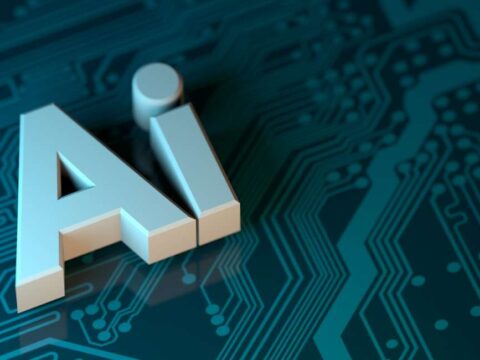Artificial Intelligence is defined as the ability of a digital computer or computer-
controlled robot to perform tasks commonly associated with intelligent beings. AI
is also defined as,
1. An Intelligent Entity Created By humans
2. Capable of Performing Tasks intelligently without being explicitly
instructed.
3. Capable of thinking and acting rationally and humanely.
4. A layman with a fleeting understanding of technology would link it to robots.
They’d say Artificial Intelligence is a terminator like-figure that can act and think
on its own.
If you ask about artificial intelligence an AI researchers, he would say that it’s a set
of algorithms that can produce results without having to be explicitly instructed to
do so. The intelligence demonstrated by machines is known as Artificial
Intelligence.
Artificial Intelligence has grown to be very popular in today’s world.
It is the simulation of natural intelligence in machines that are programmed to learn
and mimic the actions of humans. These machines are able to learn with
experience and perform human-like tasks. As technologies such as AI continue to
grow, they will have a great impact on our quality of life.
How does Artificial Intelligence (AI) Work?
Building an AI system is a careful process of reverse-engineering human traits and
capabilities in a machine, and using its computational process to surpass what we
are capable of. To understand How Artificial Intelligence actually works, one
needs to deep dive into the various sub-domains of Artificial Intelligence and
understand how those domains could be applied to the various fields of the
industry.
1. Machine Learning:
ML teaches a machine how to make inferences and decisions
based on past experience. It identifies patterns and analyses past data to infer the
meaning of these data points to reach a possible conclusion without having to
involve human experience. This automation to reach conclusions by evaluating
data saves human time for businesses and helps them make a better decisions.
2. Deep Learning:
Deep Learning is an ML technique. It teaches a machine to
process inputs through layers in order to classify, infer and predict the outcome.
3. Neural Networks:
Neural Networks work on similar principles to Human Neural
cells. They are a series of algorithms that captures the relationship between various
underlying variables and processes the data as a human brain does.
4. Natural Language Processing:
NLP is a science of reading, understanding, and
interpreting a language by a machine. Once a machine understands what the user
intends to communicate, it responds accordingly.
5. Computer Vision:
Computer vision algorithms try to understand an image by
breaking down an image and studying different parts of the object. This helps the
machine classify and learn from a set of images, to make a better output decision
based on previous observations.
6. Cognitive Computing:
Cognitive computing algorithms try to mimic a human
brain by analyzing text/speech/images/objects in a manner that a human does and
tries to give the desired output.

